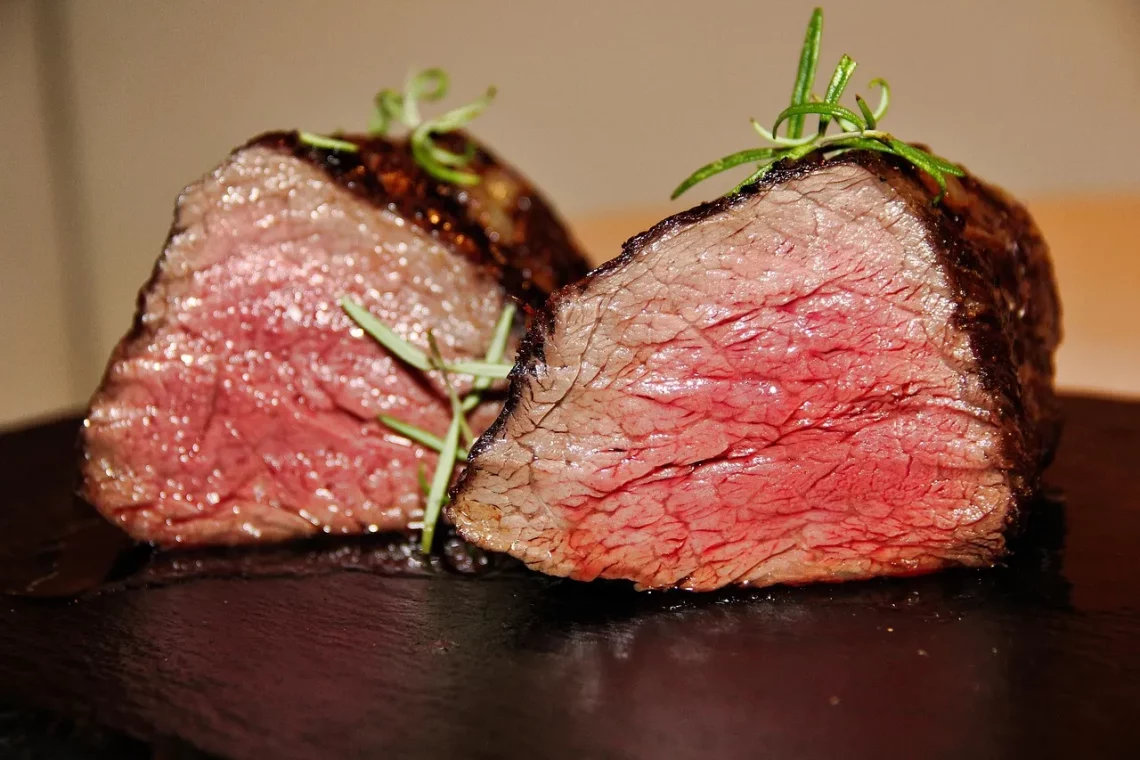
Understanding Flank Steak Macros for a Healthy Diet
Flank steak, a popular cut of beef, has garnered attention not just for its rich flavor and versatility in various culinary applications, but also for its nutritional profile. As more people become conscious of their dietary choices, understanding the macronutrient composition of flank steak is essential for those looking to maintain a healthy lifestyle. This particular cut is often favored by fitness enthusiasts and home cooks alike, thanks to its balance of protein, fat, and carbohydrates.
When incorporated into a balanced diet, flank steak can serve as a substantial source of protein, which is vital for muscle repair and overall bodily functions. Additionally, the way flank steak is prepared can significantly influence its health benefits, making it a prime candidate for various cooking methods—from grilling to stir-frying. The combination of flavor and nutrition makes it a perfect addition to meals that are both satisfying and beneficial.
As we delve deeper into the macronutrient breakdown of flank steak and its implications for a healthy diet, it is crucial to explore not only the numbers but also the broader context of how this cut fits into various dietary frameworks. Whether you are a calorie counter, a macro tracker, or someone simply looking to make healthier choices, understanding flank steak macros can empower you in your culinary adventures.
Nutritional Breakdown of Flank Steak
Flank steak is celebrated for its robust flavor and relatively low fat content compared to other cuts of beef. A typical serving size, which is around 3 ounces, contains approximately 22 grams of protein, making it an excellent source of this essential macronutrient. Protein is critical for muscle growth and repair, and it plays a vital role in maintaining overall health. For those engaged in regular physical activities, including strength training or endurance exercises, sufficient protein intake is crucial for optimal recovery and performance.
In terms of fat content, flank steak is considered a lean cut, containing roughly 8 grams of fat per 3-ounce serving. Most of this fat is unsaturated, which is known to be healthier for the heart compared to saturated fats. This makes flank steak a great option for individuals looking to reduce their saturated fat intake while still enjoying a delicious and satisfying meal.
The carbohydrate content in flank steak is negligible, which aligns well with various dietary approaches, including low-carb and ketogenic diets. This characteristic makes flank steak an attractive choice for those aiming to minimize their carbohydrate consumption. However, it’s essential to pair it with vegetables, whole grains, or other carbohydrate sources to create a well-rounded meal that provides all necessary nutrients.
Moreover, flank steak is rich in vitamins and minerals, including iron, zinc, and B vitamins, which are vital for energy production and overall well-being. Iron, in particular, is essential for oxygen transport in the blood, while zinc supports immune function and wound healing. B vitamins play a significant role in metabolism and energy production, making flank steak not just a source of macros but also a nutrient-dense option.
Health Benefits of Including Flank Steak in Your Diet
Incorporating flank steak into your diet can yield numerous health benefits, primarily due to its impressive nutritional profile. As a high-quality source of protein, it can aid in muscle maintenance and growth, which is particularly beneficial for athletes or those involved in regular physical activity. Protein-rich diets have been linked to increased satiety, meaning they can help control hunger and reduce overall calorie intake, which is advantageous for weight management.
Furthermore, the presence of healthy fats in flank steak contributes to heart health. Unsaturated fats can help lower bad cholesterol levels, reducing the risk of cardiovascular diseases. Additionally, consuming lean meats like flank steak can be part of a balanced approach to a diet rich in fruits, vegetables, and whole grains, which collectively support heart health and overall wellness.
Eating flank steak can also contribute to your daily intake of essential vitamins and minerals. The iron found in beef is heme iron, which is more readily absorbed by the body compared to non-heme iron found in plant sources. This is particularly important for individuals at risk of iron deficiency anemia, such as vegetarians or those with higher iron needs, such as pregnant women.
Moreover, flank steak can be a versatile ingredient in the kitchen, allowing for a variety of cooking methods and flavor profiles. From marinating and grilling to stir-frying and slow-cooking, the options are endless. This versatility can help in maintaining dietary adherence, as it prevents monotony and encourages creativity in meal preparation.
However, moderation is key. While flank steak is nutritious, it is essential to balance meat consumption with plant-based foods to ensure a diverse intake of nutrients. Pairing flank steak with a variety of colorful vegetables can enhance the meal’s nutritional value and provide a range of health benefits.
Cooking Methods and Tips for Flank Steak
Successfully cooking flank steak requires a bit of technique, as it can become tough if overcooked due to its lean nature. One of the most recommended cooking methods is marinating the meat before grilling or broiling. Marinades not only add flavor but can also help tenderize the meat, making it more enjoyable to eat.
For optimal results, it is advisable to cook flank steak to medium-rare or medium doneness. This typically means reaching an internal temperature of about 130°F to 140°F. Cooking it beyond this point can lead to a dry and chewy texture, diminishing the meat’s overall appeal. Using a meat thermometer can help ensure that you hit the right temperature without guesswork.
Grilling is a popular choice for cooking flank steak, as it imparts a wonderful smoky flavor. Preheat the grill to high heat and place the marinated steak directly over the flames. Sear each side for about 4 to 5 minutes, depending on thickness, and then let it rest for a few minutes before slicing. Resting is crucial, as it allows the juices to redistribute throughout the meat, resulting in a juicier final product.
Slicing flank steak correctly is equally important. Always slice against the grain to ensure tenderness. This means cutting perpendicular to the direction of the muscle fibers, which helps break them down and makes for a more pleasant eating experience.
If grilling isn’t an option, flank steak can also be cooked in the oven or on the stovetop. For oven preparation, sear the steak in a hot skillet and then transfer it to a preheated oven to finish cooking. On the stovetop, consider stir-frying thinly sliced flank steak with a variety of vegetables for a quick and nutritious meal.
In conclusion, flank steak is not just a flavorful cut of meat; it also offers a wide range of health benefits when included in a balanced diet. Its rich protein content, healthy fats, and essential vitamins make it a great addition to any meal plan.
**Disclaimer:** This article is for informational purposes only and should not be considered medical advice. Always consult with a healthcare professional for any health-related issues or concerns.




